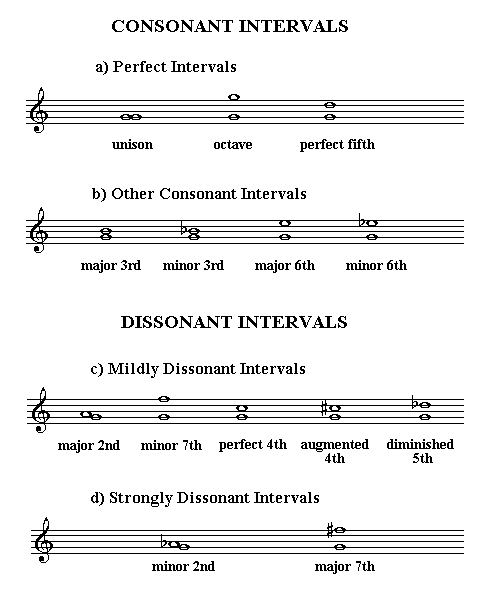Consonance and dissonance
Today we started chorale style music which involves the SATB format. SATB stands for soparono, alto, tenor and bass.
Counterpoint are two independent lines that combine together to make a harmony.
Tendency notes are notes with in the key that can be resolve whether from a leading tone or chordal tone in a specific direction
There are also notes we call conconance and dissonance.
What is dissonance. Dissonace is the sound of two harsh or unstable notes being played the same time when playing chords or intervals and because of the dissonance makes you want to resolve the dissonance into something better or uplifiting. Some examples of dissonance are
The opposite of dissonance is consonance. Consonance notes or
intervals are played stably or having a pleasant sound and having a feeling
that you don’t need to change to a different chord. When playing consonance,
you do not get the feeling of wanting to change that chord because it already
sounds perfect. Some examples are major 3rd,
perfect 5th, major 6th and others.
Here there is an example of chorale music using the SATB format
Here is where you can see consonances and dissonance intervals
This is a better understanding of what tendeny notes and how they can be resolve.



No comments:
Post a Comment